The first of our 2 Arbor faucets was installed yesterday (the fabricator broke our second countertop, and we're currently waiting for a new one to be made). My wife was almost immediately sold on the Arbor based on its looks and function (she likes this style, but didn't want something too big or commercial looking), but my concern all along had been the flow rate (1.5 gpm). The faucet in our old kitchen was early 1980s vintage (I never measured it exactly, but it was at least 2.5 gpm) along with a separate sprayer (the old small black variety) with enough pressure to knock your socks off. The salesman said he was "pretty sure" that they had some of the old 2.2 gpm models in stock, so we went ahead and placed the order.
It turns out that our salesman was wrong and we could only get the 1.5 gpm model. At that point though, our kitchen renovation was about to start and we were leaving on vacation, so there was nothing to do but go ahead with the order and hope that it worked out.
After the faucet was installed yesterday, I was immediately disappointed. The flow rate seemed like a trickle, the pressure was non-existent, and the spray head seemed almost useless. I dashed off an angry email to our salesman telling him how much I hated this piece of junk, and saying I wanted to return the faucet that hadn't yet been installed. I went to bed last night cursing the CA legislators whose rules seem to drive the entire plumbing industry.
Today I decided to take a more scientific approach to things, using a 2 gallon bucket and a stopwatch. It took a full 3:32 to fill the bucket, implying less than a 0.6 gpm flow rate on the faucet. This really puzzles me. Why would a manufacturer advertise a product as having a 1.5 gpm flow rate, when the actual flow rate is less than a third of that (by the way I have a well that pumps 15 gpm at 68 psi, so my water pressure isn't the problem).
Next I unscrewed the wand from the hose and filled the bucket again, this time directly from the hose. Now the pressure was incredible and it filled the bucket in 1:03 (splashing quite a bit of water as well). This equates to a flow rate of 1.9 gpm - still less than the federal maximum rate of 2.2 gpm, but otherwise entirely satisfactory. So the biggest restriction is in the wand itself.
Finally, I removed the O ring and screen from the wand, per Moen's instructions, to see if the screen was clogged. The screen was entirely clear, so I re-attached the wand without the screen to see what would happen. Now the faucet filled the bucket in 1:28 (flow rate of 1.36 gpm) and the pressure was reasonably good.
It will be a few more weeks before I'll be able to test this faucet fully, as our kitchen isn't yet completed. After playing with the faucet for a while though, I think I'll be able to live with it. I think the flow rate and pressure are adequate for most purposes ( but filling or rinsing large pots may take a bit longer than before).
The pull-out wand is likewise convenient for most purposes. It doesn't have the incredible concentrated pressure of my old sprayer for blasting off baked-on gook, but it's perfectly fine for rinsing off large items or rinsing out the sink. The momentary pause button is a nice feature, but I'm not quite sure how much I'll use it.
There's a self-retracting feature on the wand that is accomplished by adding a weight to the hose under the sink. Several people have said that the wand doesn't retract fully into the base on its own and needs to be pushed in. I would also add that the self-retracting feature depends on the size of the sink in relation to the cabinet underneath. In our case, we have an 18"x18" Kohler Iron/Tones sink in a 24" cabinet base, and there's very little room between the back of the sink and the cabinet. This causes the weight to get hung up, and the wand needs to be pushed a bit before the self-retracting feature starts to work. In extreme cases when I pulled the wand out as far as it goes, I needed to go under the sink and pull on the hose to get it to go back. The plumber said this shouldn't be an issue on our other sink (a Kohler Whitehaven) once that is installed. I don't think this is a very big issue but, being a non-mechanical type, I wouldn't have known what to do if the plumber hadn't pointed this out to me.
I should also mention that I didn't get the Motion Sense feature on either faucet. To me, this feature makes sense if you're using it to wash your hands a lot, and if your water is always warm. In our case, it takes a good 30-40 seconds to get warm water to the kitchen, so we'd be constantly leaving our hands in a stream of cold water, waiting for it to warm up. We did seriously consider getting the Motion Sense on the prep sink for those times when we're preparing chicken and such, but we ultimately decided against it.
Overall, I'm fairly happy with the Arbor at this juncture, but I still don't know why the plumbing industry tries to force much lower water flows on the public than the regulations require (I recently had a similar experience with a Speakman shower head). Our salesman never responded to my email from last night, so I probably won't send him a retraction. Time will tell how this faucet will work out though, and I'll post an update after I've had a chance to use it a while.
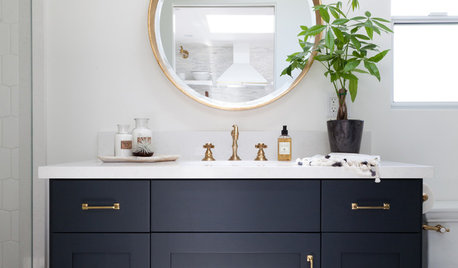


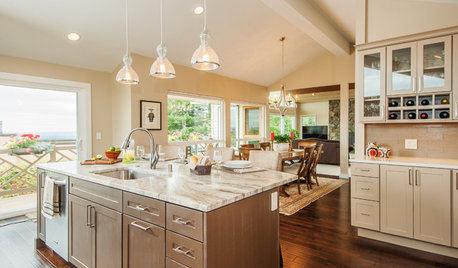

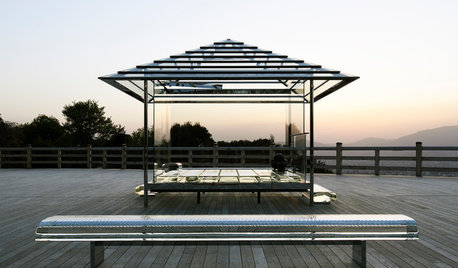

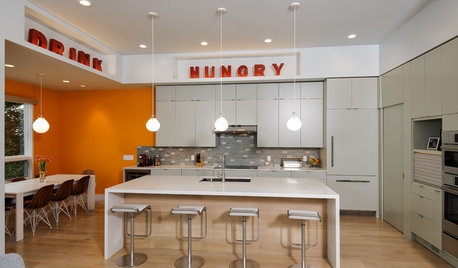
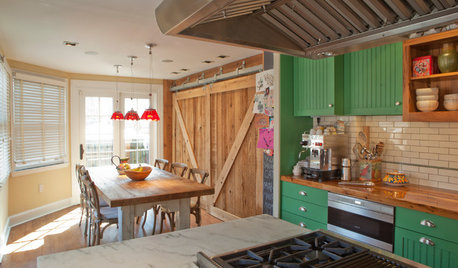
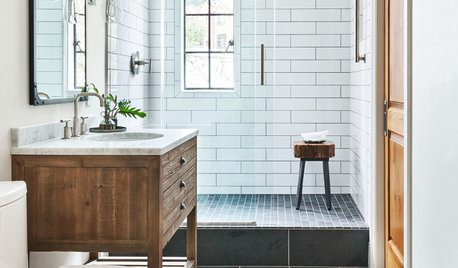





StarCraft Custom Builders
hazelwags
Related Discussions
Newport Brass = Expensive Garbage and Why I LOVE Moen and Kohler
Q
What did you introduce to your GC that impressed them?
Q
availability of Moen Reflex Technology faucets - hope this helps
Q
StarCraft 2015 Picks: Best Faucet Value
Q
greasetrapOriginal Author